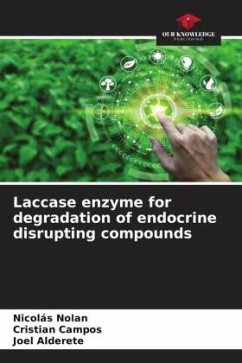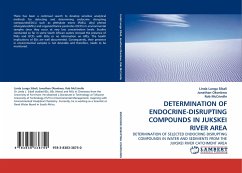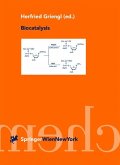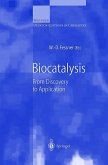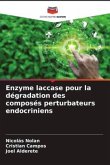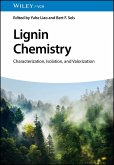With the technological progress of the last decades, the amount of chemical compounds with high cytotoxic activity has been increasing. Many of them are dumped into river sources and there they are dispersed in nature and have a negative impact on the environment. A special type of pollutant is called endocrine disruptors which are species that have the ability to replace or mimic specific human and/or animal hormones. In an attempt to mitigate the negative impact of these compounds, it has been found that enzymes are capable of performing bioremediation efficiently and cleanly. Under this premise, the study of the laccase enzyme Coriolopsis gallica in the degradation of three endocrine disrupting compounds bisphenol A, betaestradiol and 4-nonylphenol is carried out.
Bitte wählen Sie Ihr Anliegen aus.
Rechnungen
Retourenschein anfordern
Bestellstatus
Storno

